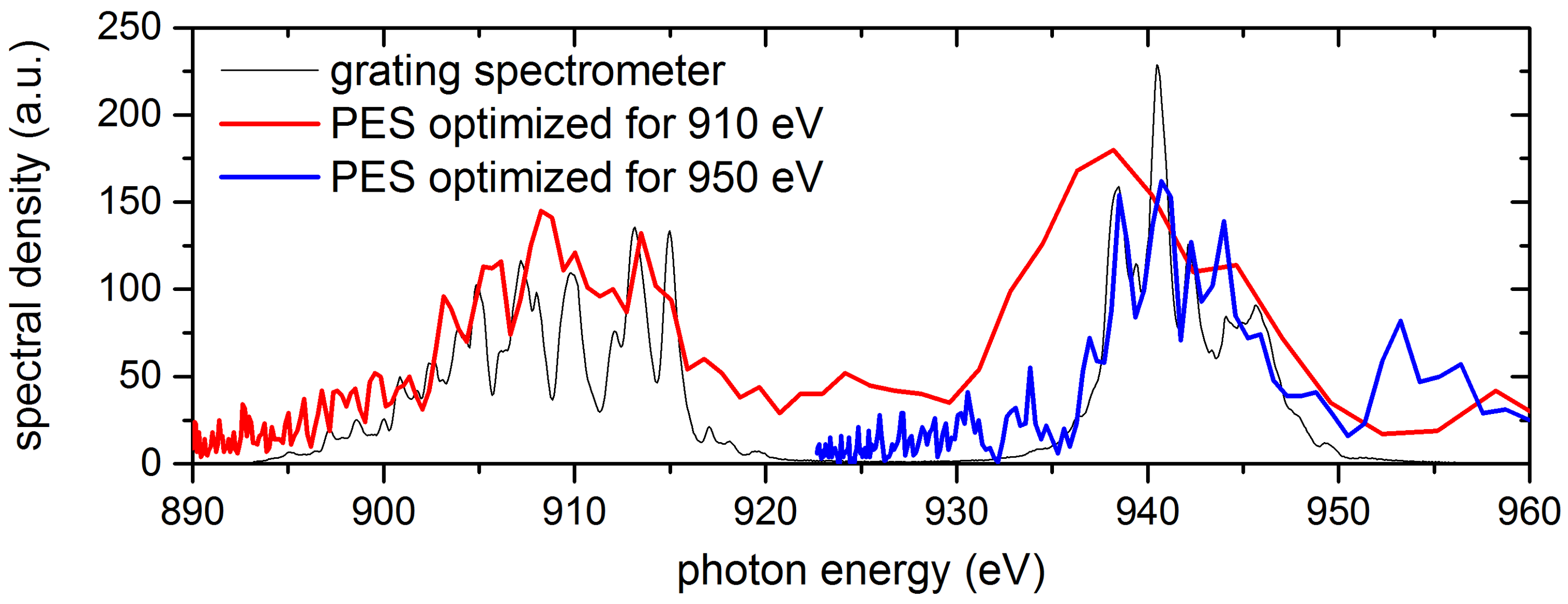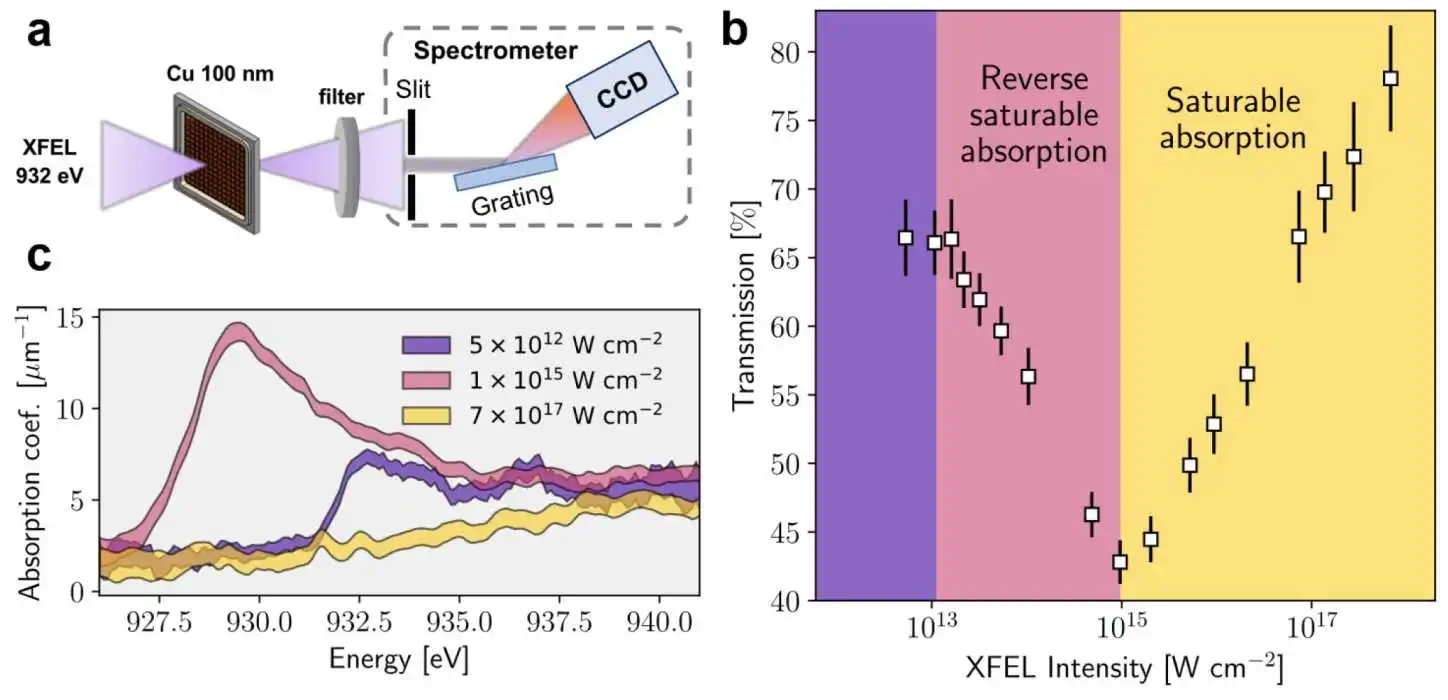Tests at European XFEL produce conditions of issue that near happens in the inside of planets or in the collapsing container of an inertial combination reactor. Simultaneously, they open up a method for estimating super short peculiarities.
Investigating the outrageous circumstances arrived at in the inside of planets, including Earth, or during a combination response, is a significant test. By centering the incredibly strong X-beam laser of European XFEL on a copper foil, specialists have made and explored a condition of issue exceptionally distant from balance, begat warm thick matter (WDM), that looks like such outlandish conditions.
Their discoveries take momentous steps in understanding and describing this slippery condition of issue, which is pivotal for progressing inertial constrainment combination, a cycle that holds guarantee for perfect and plentiful energy. The exploration is distributed in the diary Nature Physical science.
Intensity can definitely alter the condition of issue. Contingent upon the temperature, substances are strong, fluid or vaporous. In a specific temperature range, matter likewise expects a state known as warm thick matter (WDM): it is too hot to possibly be portrayed by the physical science of consolidated matter, and yet excessively thick for the physical science of feebly coupled plasmas.
The limit between warm thick matter and different conditions of issue isn't definitively characterized. Frequently a temperature scope of 5,000 Kelvin to 100,000 Kelvin is indicated at tensions of a few hundred thousand bar, by which one bar relates to the pneumatic stress on Earth's surface.
WDM isn't steady in our day to day climate and is extremely challenging to create or try and look at in the research facility. Normally, researchers pack tests in jewel blacksmith's iron cells to arrive at high tensions, or utilize strong optical lasers to transform solids into WDM for a small part of a second.
The serious X-beam beats of European XFEL have now ended up being an exceptionally helpful instrument for producing and breaking down warm thick matter. The specialists involved copper as an example material.

The focused energy of the beats can energize the electrons in the copper foil so much that it changes to the condition of warm thick matter,explains Laurent Mercadier, a researcher at the SCS instrument who drove the examination. This should be visible in an adjustment of its light transmission.
A metal that is illuminated by a serious X-beam heartbeat can become straightforward assuming that the electrons in the metal retain X-beam energy so quick that there are no electrons left to energize. The excess tail of the beat can then enter the material unhindered. This is known as saturable ingestion (SA).
On the other hand, a metal can turn out to be progressively murky in the event that the front of the beat makes energized states that have a higher retention coefficient than the chilly metal. The tail of the beat is then consumed more grounded, an impact known as converse saturable retention (RSA). The two cycles are regularly utilized in optics, for instance, to create a particular heartbeat length with lasers.
The specialists at European XFEL have now illuminated pointedly engaged, 15 femtosecond-long X-beam beats onto a 100 nanometer-thick copper film. They then, at that point, examined the communicated signal utilizing a spectrometer.
The range intensely relies upon the force of the X-beam beat," makes sense of Mercadier. At low to direct X-beam power, copper turns out to be increasingly more hazy to the X-beam bar and shows RSA. In any case, at higher powers, assimilation immerses and the foil becomes straightforward.
These radical modifications of obscurity happen so quick that the nuclear cores in the metal lack opportunity and willpower to move. We are managing an exceptionally colorful condition of issue where the grid is cold and a portion of the ionized electrons are hot and are not in harmony with the excess free electrons of the metal," makes sense of Mercader.
To represent this, we fostered a hypothesis that joins strong state and plasma material science. For the scientists, the difference in obscurity is an indication that they have prevailed with regards to making and portraying warm thick matter in the lab. Understanding material darkness under these outrageous circumstances is critically required for inertial constrainment combination.
In the last option, extreme energy is utilized to pack and intensity a fuel target, making conditions vital for combination. Haziness decides how much radiation energy is retained or sent through the material, which is fundamental for guaranteeing that the energy utilized for pressure doesn't avoid, taking into consideration productive combination responses.
Short isn't sufficiently short
In reality, these impacts happen so quick that we want much more limited X-beam heartbeats to completely determine the electron elements," says Andreas Scherz, head researcher at the SCS instrument. As of late, the European XFEL has shown the capacity to produce attosecond beats, consequently making a way for the purported attosecond physical science.

With attosecond X-beam beats one could definitively 'film' the development of electrons during the arrangement of warm thick matter or during synthetic responses, and consequently essentially work on how we might interpret, e.g., compound cycles or the working of impetuses.
The 2023 Nobel Prizes in Physical science granted to the French-Swedish physicist Anne Lhuillier, the Hungarian-Austrian physicist Ferenc Krausz and the French-American physicist Pierre Agostini show that this is a very effective examination subject.

